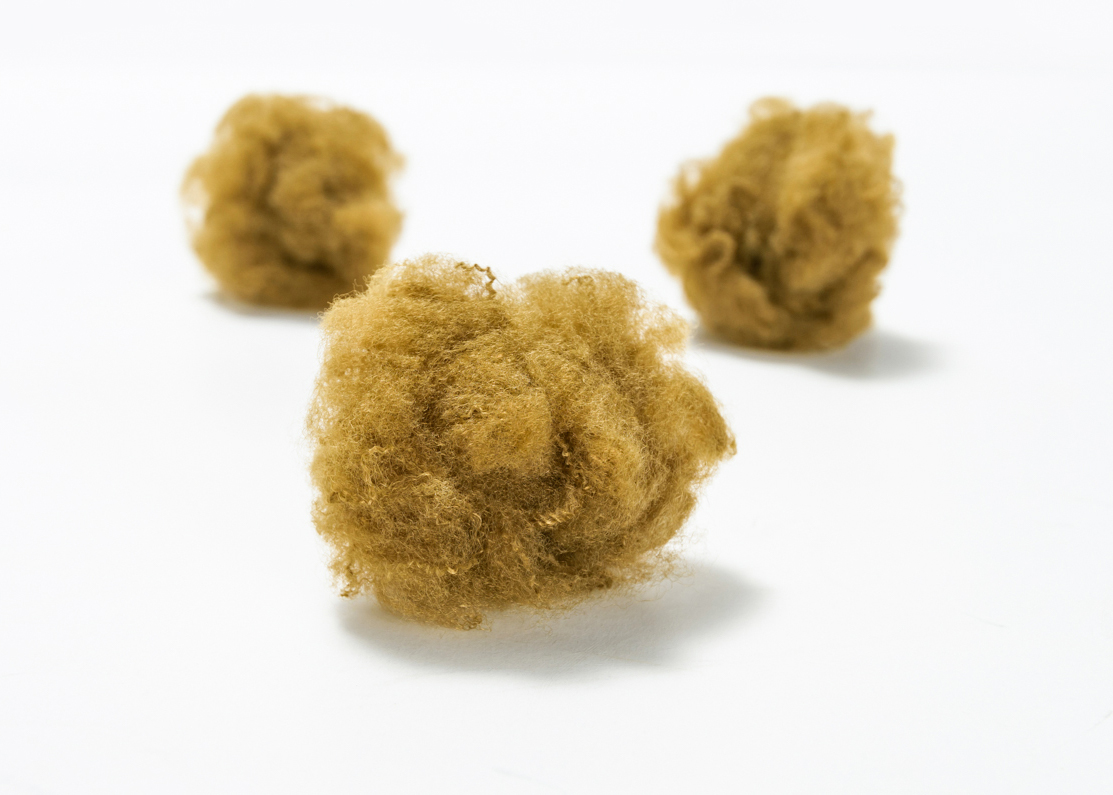-
 Service Tel
Service Tel
- 0512-52551712
Why are composite spun fibers used in medical dressings
source:www.kingcharmgroup.com | Release time:2025-03-051. Good physical properties
High strength and flexibility: Composite spun fibers usually combine the characteristics of multiple fibers, such as combining polyester fibers with polyamide fibers, which can make medical dressings have both the high strength of polyester fibers and the flexibility of polyamide fibers, making them less likely to break or tear during use and better adapt to different shapes and movements of wounds.
Appropriate breathability and moisture permeability: Materials such as polytetrafluoroethylene (PTFE) composite with other fibers have a unique microporous structure, which ensures gas exchange between the wound and the external environment, helps with wound healing, and allows sweat and other moisture on the skin surface to be expelled, keeping the wound surface dry and reducing the risk of infection.
2. Excellent biological performance
Biocompatibility: Many composite fibers are made of materials such as polylactic acid (PLA), polyglycolic acid (PGA), etc., which have good biocompatibility with human tissues, can reduce the rejection reaction of wounds to dressings, reduce the possibility of inflammation, and provide a good microenvironment for wound healing.
Antibacterial properties: By combining fibers with antibacterial properties, such as those containing silver ions, with other fibers, medical dressings can have antibacterial properties, effectively preventing the growth and reproduction of bacteria around the wound, preventing wound infection, and promoting wound healing.
3. Diversified functional features
Hemostasis and coagulation promotion: Some composite spun fibers can achieve hemostasis and coagulation promotion functions through special design and the addition of functional substances. For example, combining fibers containing chitosan with other fibers, chitosan has good hemostatic properties, can quickly promote blood coagulation, reduce wound bleeding, and create favorable conditions for wound healing.
Drug sustained release: Composite spun fibers can be used as drug carriers to achieve slow drug release. By combining microcapsules or nanoparticles containing drugs with fibers, the drugs can be continuously and slowly released onto the surface of the wound during the healing process, providing anti-inflammatory, analgesic, and other therapeutic effects, thereby improving the effectiveness of wound healing.
4. Processing and molding advantages
Spinnability and processability: Composite spun fibers have good spinnability in the production process and can be easily made into various specifications and shapes of fibers, such as long fibers, short fibers, etc., which can then be used to produce various forms of medical dressings such as gauze and non-woven fabrics through different textile processes, meeting different wound types and treatment needs.
Cost effectiveness: Through composite spinning technology, fibers with different properties and costs can be reasonably combined to meet the performance requirements of medical dressings while reducing production costs. For example, combining natural fibers with relatively low prices and synthetic fibers with high prices but excellent performance can ensure the performance of dressings, control costs, and improve the market competitiveness of products.
Previous:
What are the advantages of polylactic acid fibers…
Next:
Why do many industries use polylactic acid fibers

 wechat number:
wechat number:


 Tel:0512-52551712
Tel:0512-52551712
 Address: Baziqiao village, Zhitang Town, Changshu City, Jiangsu Province (next to national highway 204)
Address: Baziqiao village, Zhitang Town, Changshu City, Jiangsu Province (next to national highway 204)
 E-mail:sales@kingcharmcn.com
E-mail:sales@kingcharmcn.com

 Wechat
Wechat
 Contact
Contact
 Telephone
Telephone